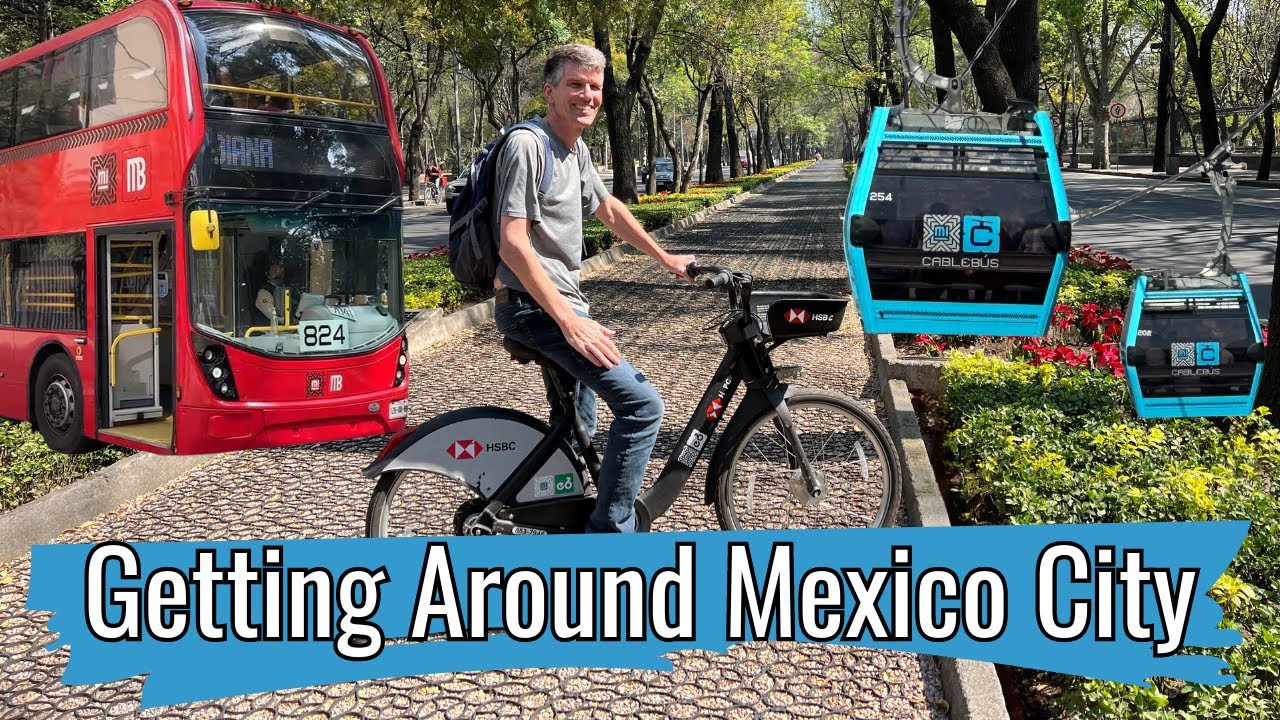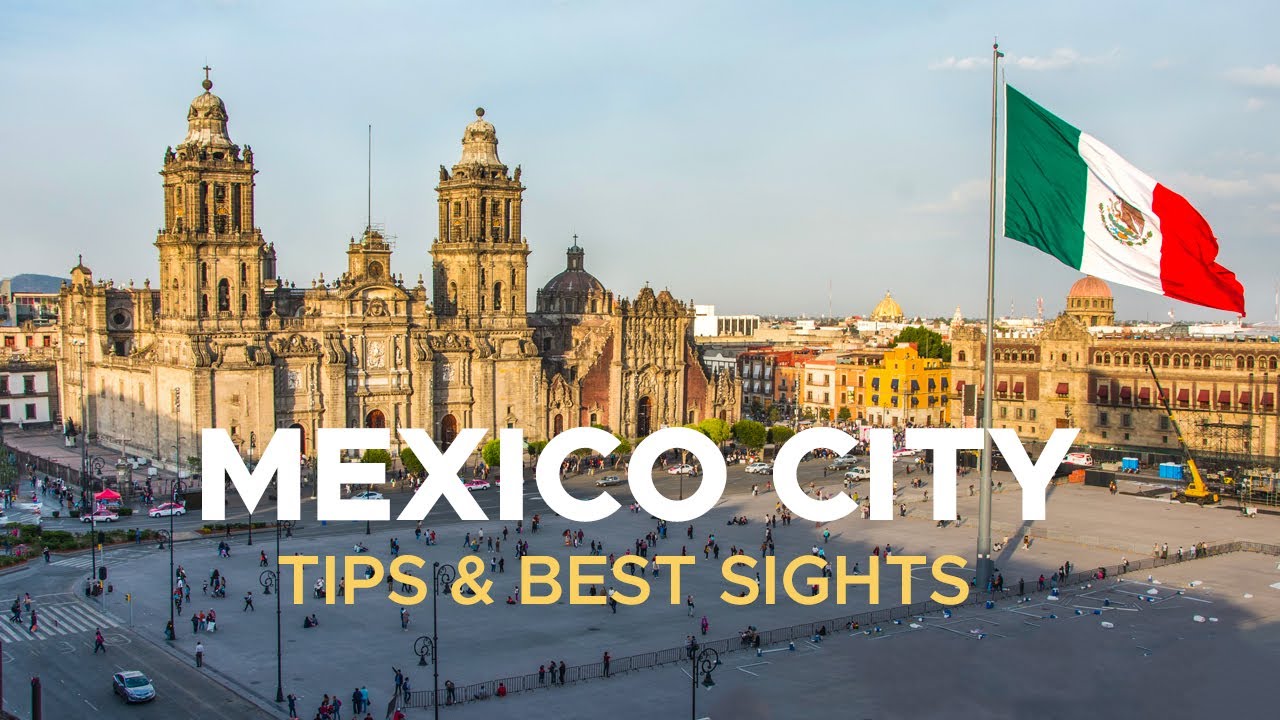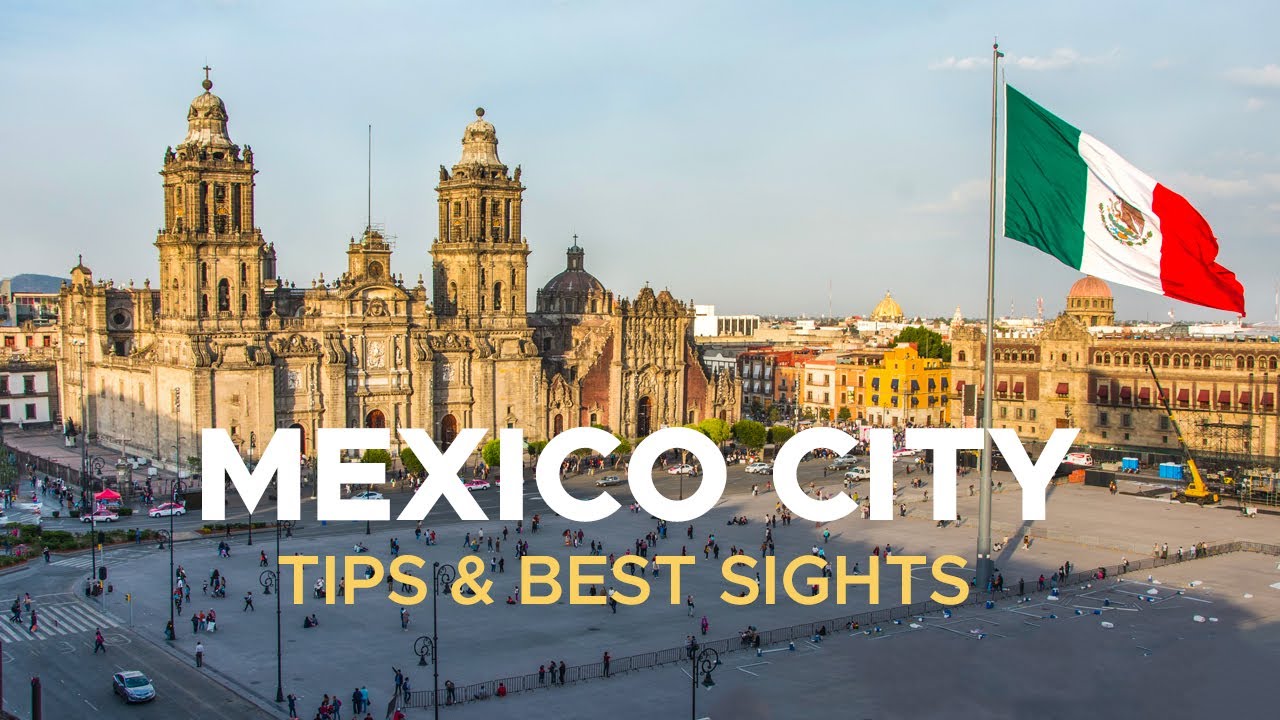Understanding Mexico City’s Metro System: A Comprehensive Guide
Mexico City’s Metro system, officially known as the Sistema de Transporte Colectivo, is one of the most extensive and heavily used urban transport networks globally. It serves as a lifeline for the city’s 21 million inhabitants, providing a fast, affordable, and efficient means of getting around the sprawling metropolis.
The Metro System’s Structure
Mexico City’s Metro system comprises 12 lines, each identified by a different color, spanning over 226 kilometers and encompassing 195 stations. The system is designed on a hub-and-spoke model, with the lines intersecting at various points, making it easy to switch between them. Each station is also marked with a unique icon, aiding those who cannot read or are unfamiliar with the city.
The metro operates from 5 am to midnight on weekdays, with reduced hours on weekends and holidays. It’s worth noting that the metro can get incredibly busy during peak hours, so plan your travel accordingly.
Using the Metro: Tickets and Pricing
One of the significant advantages of Mexico City’s Metro system is its affordability. A single journey on the metro, irrespective of distance, costs only 5 pesos (around 0.25 USD). Tickets can be purchased at ticket booths located at every station, or you can opt for a rechargeable smart card.
It’s important to keep your ticket until you exit your destination station, as you may be asked to show it. In addition to regular tickets, the metro also offers discounted rates for students, seniors, and people with disabilities.
Navigating the Metro
Navigating the metro can be intimidating for first-time users, but there are various tools to help you. The metro’s official website provides a route planner, and there are numerous mobile apps available that offer real-time information about the metro’s services. Remember, stations are marked with icons and color-coded lines, so even if you don’t speak Spanish, you can still navigate the system.
Finally, while the metro is generally safe, it’s always advisable to be aware of your surroundings, especially during peak hours when pickpocketing can be a problem. As with any large city, it’s best to keep your belongings close and avoid displaying expensive items.
Essential Tips on How to Navigate Mexico City’s Metro Like a Pro
The Mexico City Metro, also known as Sistema de Transporte Colectivo, is one of the largest and busiest metro systems in the world. Understanding the ins and outs of this transportation system can be quite daunting, especially for first-time users. However, with a few tips and tricks up your sleeve, you can navigate the Mexico City Metro like a pro.
Understanding the Metro Map
Firstly, familiarize yourself with the Metro map. The Mexico City Metro has 12 lines, each represented by a different color and number. Stations are marked with a circle and a unique icon representing a significant aspect of the city. This is particularly helpful if you struggle with Spanish, as you can navigate the system using the colors and icons rather than the station names.
Buying and Using Tickets
Purchasing a Metro ticket is simple and inexpensive. You can buy single-use tickets or a rechargeable smart card from the ticket booth or machine at any Metro station. It’s important to keep your ticket until you exit your destination station, as you might need it to pass through the exit turnstile.
Peak and Off-Peak Hours
Peak hours in the Mexico City Metro are usually between 7-9 AM and 5-7 PM on weekdays. During these times, the trains can be extremely crowded. If possible, try to avoid traveling during these hours. If you must, be prepared for close quarters and keep an eye on your belongings.
Respect Designated Areas
The Metro system has designated certain carriages for women and children under 12 years of age during peak hours. These are usually the first two or last two carriages and are clearly marked. Ensure you respect these designations to avoid any discomfort or misunderstandings.
By keeping these tips in mind, you can navigate the Mexico City Metro confidently and efficiently, ensuring a smooth and enjoyable journey through this bustling metropolis.
Proven Strategies for Efficiently Using the Metro in Mexico City
The Metro in Mexico City, also known as the Sistema de Transporte Colectivo, is one of the most efficient and economical ways to navigate this bustling metropolis. Despite its efficiency, it can be overwhelming for both locals and tourists due to its extensive network and large crowds. Here are some proven strategies for efficiently using the Metro in Mexico City.
Understand the Metro Map: The Metro consists of 12 lines, each distinguished by a different color and number. Familiarizing yourself with the Metro map and the station names is a crucial step towards efficient navigation. The map is easy to read with clear indications of the interconnecting lines. You can download a digital copy of the map or use the map provided in each station.
Timing is Everything
Avoid Rush Hours: The Metro in Mexico City can get incredibly crowded during peak hours, typically from 7:00-9:00 AM and 5:00-7:00 PM. If your schedule allows, try to avoid traveling during these hours to have a more comfortable journey. Furthermore, the Metro operates from 5:00 AM to midnight on weekdays, so plan your travel accordingly.
Smart Ticketing Options
Use a Metro Card: Instead of buying single-journey tickets every time, consider getting a Metro Card. This prepaid card can be recharged with up to 120 pesos and is not only more convenient but also allows for quicker entry through the turnstiles. Additionally, this card can be used in other forms of public transport in Mexico City, such as the Metrobus and Trolebus.
Unveiling the Secrets of Mexico City’s Metro: A Pro’s Guide
Mexico City’s Metro, also known as Sistema de Transporte Colectivo (STC), is an intricate web of transportation that provides a quick and affordable way to traverse the city. The network, spanning across 12 lines and 195 stations, holds several secrets that can transform your commuting experience. This pro’s guide aims to reveal these hidden gems, aiding both locals and tourists in their journey through the bustling metropolis.
Understanding the Color and Symbol System is key to navigating the Metro. Each line has a unique color and a distinct symbol, representing a particular aspect of Mexico’s rich history or culture. For example, the Pink Line (Line 1) is symbolized by a silhouette of a tarantula, an homage to Mexico’s indigenous past. Recognizing these symbols can make it easier to identify your route, especially during rush hours.
The Hidden Art Galleries
Unknown to many, the Mexico City Metro is a treasure trove of art and history. Several stations house museums and art exhibitions, turning your commute into a cultural exploration. For instance, the Tacubaya station on the Pink Line boasts a pre-Hispanic museum, while the Viveros station on the Green Line (Line 3) features an art exhibition. These unexpected delights add a unique dimension to the Metro, making it more than just a mode of transportation.
The Metro also has its own set of unspoken rules and traditions. A fascinating one is the subculture of the ‘Metro Vendors’, individuals who sell everything from CDs to snacks, adding a unique rhythm to the daily commute. While they might surprise first-time riders, they are a part of the Metro’s charm, reflecting the city’s vibrant street culture.
Navigating the Mexico City Metro can be an adventure in itself. With its hidden museums, symbolic design, and bustling vendor culture, it is a mirror reflecting the city’s diverse character. This pro’s guide is your first step in unlocking the secrets of this complex system, turning your commute into an enriching experience.
Mastering the Art of Navigating Through Mexico City’s Metro
As the second largest metro system in North America, Mexico City’s Metro can seem daunting to first-time users. However, with a little knowledge and a few tips, you can navigate this extensive system like a local.
Understanding the Metro Map
The first step in mastering Mexico City’s Metro is understanding the map. Each of the 12 lines is identified by a different color and number. The lines intersect at various points, allowing passengers to switch lines and reach their destinations. Stations are marked with a unique icon and name, making it easier to identify them, even if you don’t speak Spanish.
Using the Metro Tickets and Cards
When it comes to fare, the Metro operates on a flat-rate system. This means that no matter how far you travel, the cost is the same. Tickets can be purchased at the ticket booth in each station. Alternatively, for frequent travelers, a rechargeable card can be purchased. Remember to keep your ticket or card handy, as you’ll need it to exit the station.
Getting Around During Peak Hours
During peak hours, the Metro can get quite crowded. It’s important to plan your journey accordingly. The first and last carriages are usually less crowded than the middle ones. Furthermore, some stations have separate carriages for women and children during peak hours, providing a safer and more comfortable journey.



